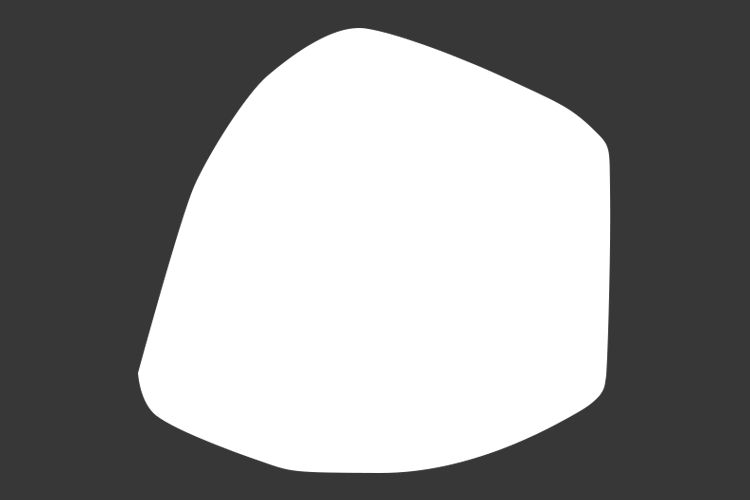Scheda punto di interesse
DESCRIPTION
The city is mentioned by Caesar, Strabone, Tacito, Plinio, Mela, Tolomeo, Claudiano, Procopio and it is part of the VI Augustan Region. Fanum Fortunae was probably settled between 31 b.C. and 27 b.C., and the archeological findings on the terrace, just on the north of the outfall of the Metauro River, witness a settlement of some significance. It was probably built at the time of the first romanization and the opening of the Via Flaminia (220 b.C.) around the Fanum of the goddess Fortuna, in an area of previous attendance. The urban restructuring is from the colonization era, the same of the realization of the Basilica in the Forum and the construction of the city walls; it was completed in 9-10 a.D. by the Emperor Augustus.
The urban layout was a regular grid, with parallel streets that intersected squarely, clearly recognizable even today in the old town plan. The Decumanus Maximus (Via Arco d’Augusto) is the continuation of the consular road, which from Monte Giove comes to town with a long straight road. One of the main cardines (via Nolfi) is aligned with the base axis of the centuriation that characterizes the final part of the Metauro lowland, from Ad Octavum to the coast.
La The Roman sewer system, still in use, is constituted by a series of long manifolds at the eye level; they are disposed in line with the most important ancient streets and they reproduce the regular grid. Several stretches of Roman road pavement have been found in various locations in the center of Fano and are made up of large slabs of trachyte of the Euganean hills, characterized by a peculiar consumption with parallel grooves determined by chariot wheels.
The Forum probably stood at the intersection of the two main roads. A famous monument of Fanum Fortunae was the Basilica, designed and built by Vitruvius, as he attests in De Architectura. Remains of the Temple in the Forum are recognizable in monumental structures preserved underneath St. Augustine Church while the theatre is being excavated nearby; some walls of the amphitheater were discovered during the last years. An aqueduct, built in the tunnel starting from the nearby hills of Monte Giove, reached the city partially parallel to the Flaminia.









